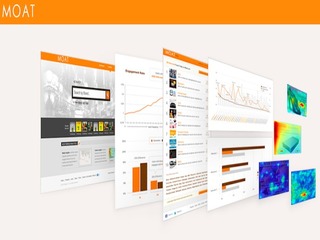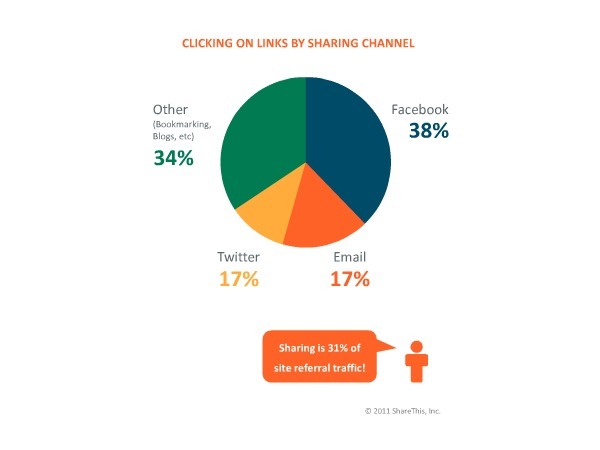

The idea that online ads only for when people click on them is a thing of the past. With close to $30 billion spent on various types of online advertisements each year, their mere presence on a page has an effect — and all the data that the ad tags collects when a user sees them on a page gives brands troves of information about shopping habits.
Since just being present on a page that a shopper sees is valuable, snapping up cheap ad space is a valuable commodity, one that a young advertising startup, Moat is excited about.
The company, founded in 2010, just announced that it landed its $12 million Series B round of funding, led by Mayfield Fund. Moat will use the new round of funding to expand their team with a continued focus on building innovative products. Moat previously raised $4.5M, including a $1.5M round led by Ron Conway’s SV Angel.
Moat uses a different set of metrics to gauge the value of its advertisements — by looking at who is viewing the ad impressions and for how long, as well as whether you click on something, mouse over a photo gallery, listen to music, play a video, etc. Moat builds these heat maps that show where attention is being paid on the site and ad to understand the consumption habits of the given person online.
This SaaS is focused on transforming brand advertising online and is already being used by 15,000 businesses such as Forbes and AOL.
The company has an up company service that will help provide insight about these consumers future habits based on past actions and clients can use the platform to measure whether consumers are paying attention and engaging with ads.
Moat Analytics has already measured billions of impressions for top advertisers and publishers.
This New York-based startup was founded by Jonah Goodhart, Noah Goodhart, and Michael Walrath, serial entrepreneurs that previously partnered together to launch Right Media, which was acquired by Yahoo! in 2007.
Other companies such as Rocket Fuel and AdRoll also factor into their algorithms how likely a person is to traffic to a website that they have seen an ad for, but not necessarily clicked on. The idea that an online ad is an entry point to a brand page is becoming less of a reality and more of a tracking device to see whether exposure to a picture or brand name can help increase traffic to that site.




















